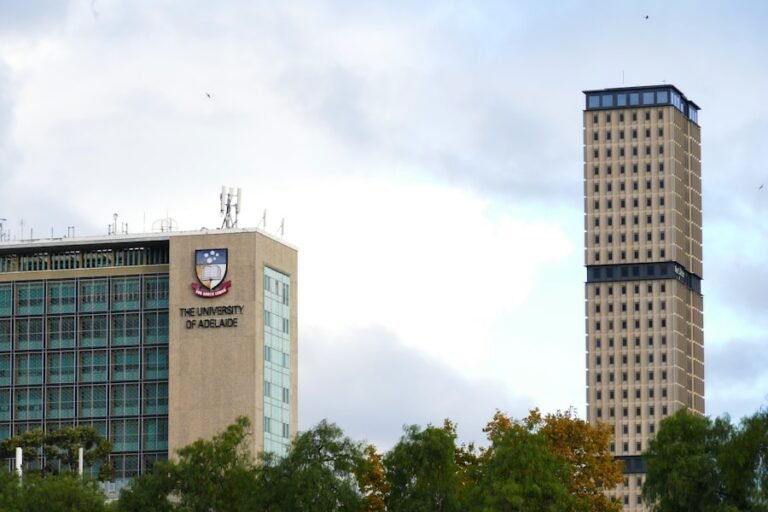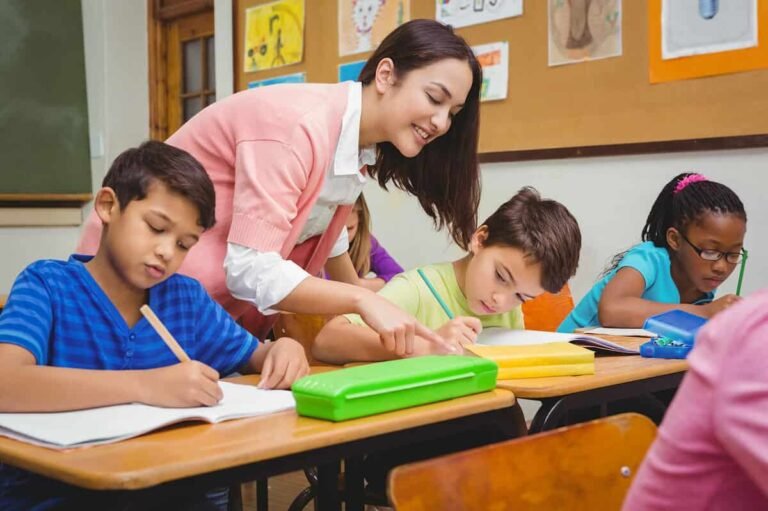Why Thousands of Students Are Leaving Public Schools in the USA
In recent years, there has been a noticeable increase in the number of students leaving public schools in favor of alternative education options. This trend has raised concerns about the impact on the public education system and has sparked debates about the reasons behind this exodus. The departure of students from public schools has significant implications for the future of education in the United States, and it is important to understand the factors driving this trend, as well as its potential long-term effects.
Exploring the Factors Driving Students Away from Public Schools
There are several factors contributing to the growing number of students leaving public schools. One of the primary reasons is dissatisfaction with the quality of education provided by public schools. Many parents and students feel that public schools are unable to meet their individual needs and provide a high-quality education. This dissatisfaction may stem from a variety of issues, including overcrowded classrooms, lack of resources, and a one-size-fits-all approach to education that does not cater to the diverse needs of students.
Another factor driving students away from public schools is safety concerns. In recent years, there have been an increasing number of incidents of violence and bullying in public schools, leading many parents to seek safer environments for their children. Additionally, some students may be leaving public schools due to a lack of support for their specific learning needs, such as special education services or advanced placement programs. These factors, combined with a desire for more personalized and flexible learning experiences, have led many families to explore alternative education options.
How the Departure of Students is Affecting the Education System
The departure of students from public schools has had a significant impact on the education system as a whole. One of the most immediate effects is a decline in public school enrollment, which can lead to reduced funding and resources for these institutions. As students leave public schools, they take with them the funding that would have been allocated to their education, resulting in financial strain for the remaining students and teachers.
Furthermore, the departure of students can also lead to a decline in diversity within public schools, as families with higher socioeconomic status are more likely to seek alternative education options. This can create a more segregated and unequal education system, with public schools serving primarily low-income and minority students. Additionally, the loss of students can also impact the overall academic performance and reputation of public schools, leading to a cycle of declining enrollment and diminishing resources.
The Rise of Charter Schools, Private Schools, and Homeschooling
As students leave public schools, they are increasingly turning to alternative education options such as charter schools, private schools, and homeschooling. Charter schools, in particular, have seen a significant increase in enrollment in recent years, offering families a choice in education that is free from many of the constraints of traditional public schools. These schools often provide specialized programs and smaller class sizes, catering to the individual needs of students in ways that public schools may not be able to.
Private schools have also become a popular choice for families seeking an alternative to public education. These institutions often offer smaller class sizes, rigorous academic programs, and a focus on extracurricular activities that may not be available in public schools. Additionally, homeschooling has become an increasingly viable option for families looking to take control of their children’s education and provide a more personalized learning experience.
Examining the Role of Income and Location in the Decision to Leave Public Schools
Socioeconomic factors play a significant role in the decision to leave public schools. Families with higher incomes are more likely to have the financial means to explore alternative education options such as private schools or homeschooling. Additionally, families living in areas with underperforming public schools may feel compelled to seek out better educational opportunities for their children, leading them to consider charter or private schools.
Location also plays a role in the decision to leave public schools, as families living in urban areas may have access to a wider range of alternative education options compared to those in rural or underserved communities. This disparity in access to alternative education options can further exacerbate existing inequalities within the education system, as families with fewer resources may be limited in their ability to seek out alternative educational opportunities for their children.
Addressing the Challenges and Opportunities Presented by the Exodus
The growing trend of students leaving public schools presents both challenges and opportunities for policymakers and educators. One of the key challenges is addressing the decline in public school enrollment and its impact on funding and resources. Policymakers must work to ensure that public schools have the support they need to provide a high-quality education for all students, regardless of enrollment numbers.
At the same time, there are opportunities to learn from the rise of alternative education options and explore ways to incorporate their successful practices into public schools. This may involve implementing more personalized learning approaches, increasing access to specialized programs, and addressing safety concerns within public schools. Additionally, policymakers can work to address the socioeconomic disparities that drive families away from public schools by investing in underperforming institutions and expanding access to alternative education options for all students.
Predicting the Long-Term Effects of the Decline in Public School Enrollment
As the trend of students leaving public schools continues, it is important to consider the long-term effects on the education system as a whole. One potential consequence is an increasingly unequal and segregated education system, with public schools serving primarily low-income and minority students. This could further exacerbate existing disparities in academic achievement and access to resources, perpetuating a cycle of inequality within the education system.
Additionally, the decline in public school enrollment may lead to a shift in how education is funded and structured at both the local and national levels. Policymakers will need to consider how to allocate resources in a way that ensures all students have access to a high-quality education, regardless of where they attend school. This may involve reevaluating funding formulas, exploring new models for delivering education, and addressing the root causes driving families away from public schools.
Read Also: A Closer Look at the High School Student Population in the USA
Conclusion
The growing trend of students leaving public schools has significant implications for the future of education in the United States. It is important to understand the factors driving this exodus, as well as its impact on public schools and the broader education system. By addressing the challenges presented by this trend and exploring opportunities for improvement, policymakers and educators can work towards creating a more equitable and inclusive education system for all students.







